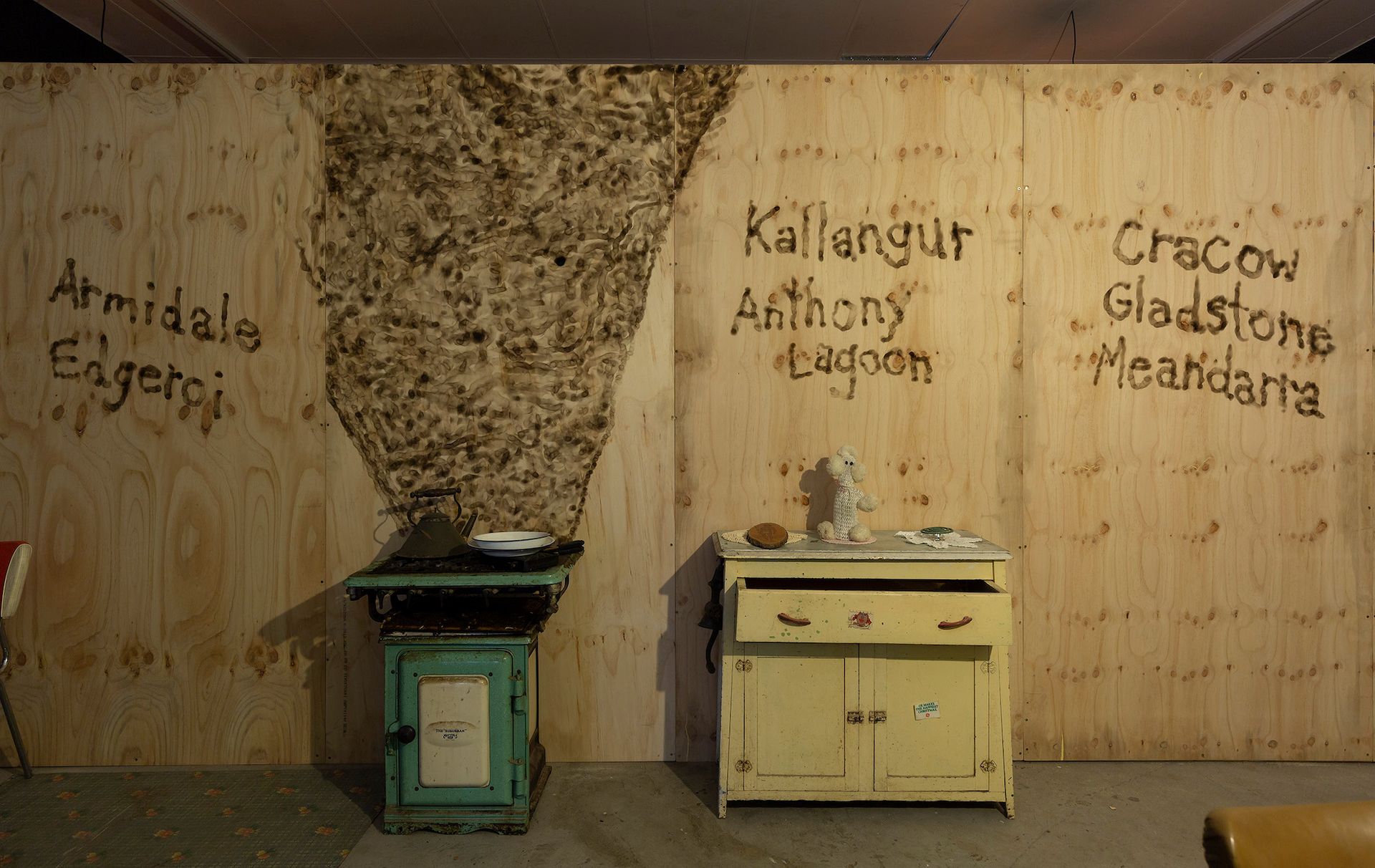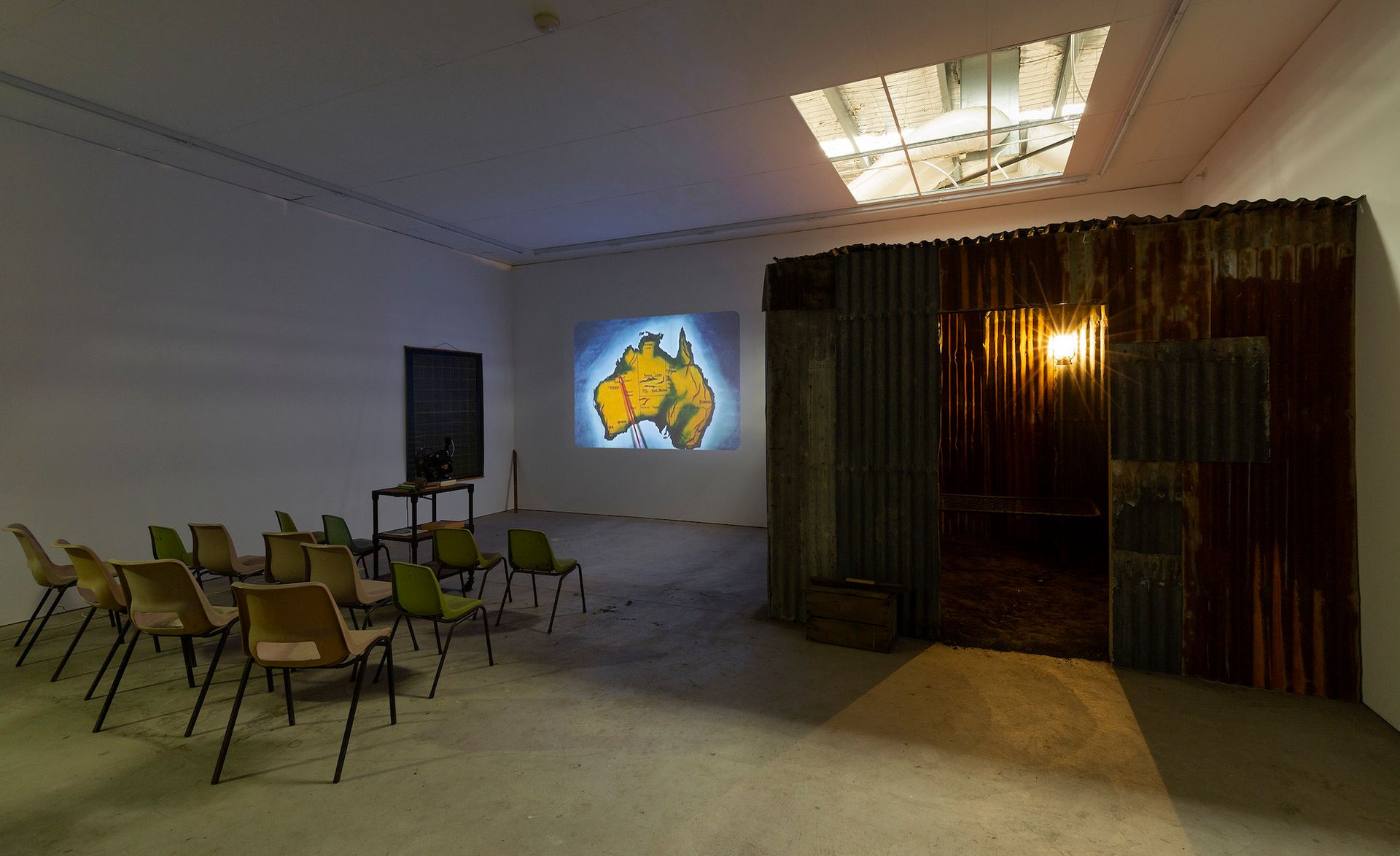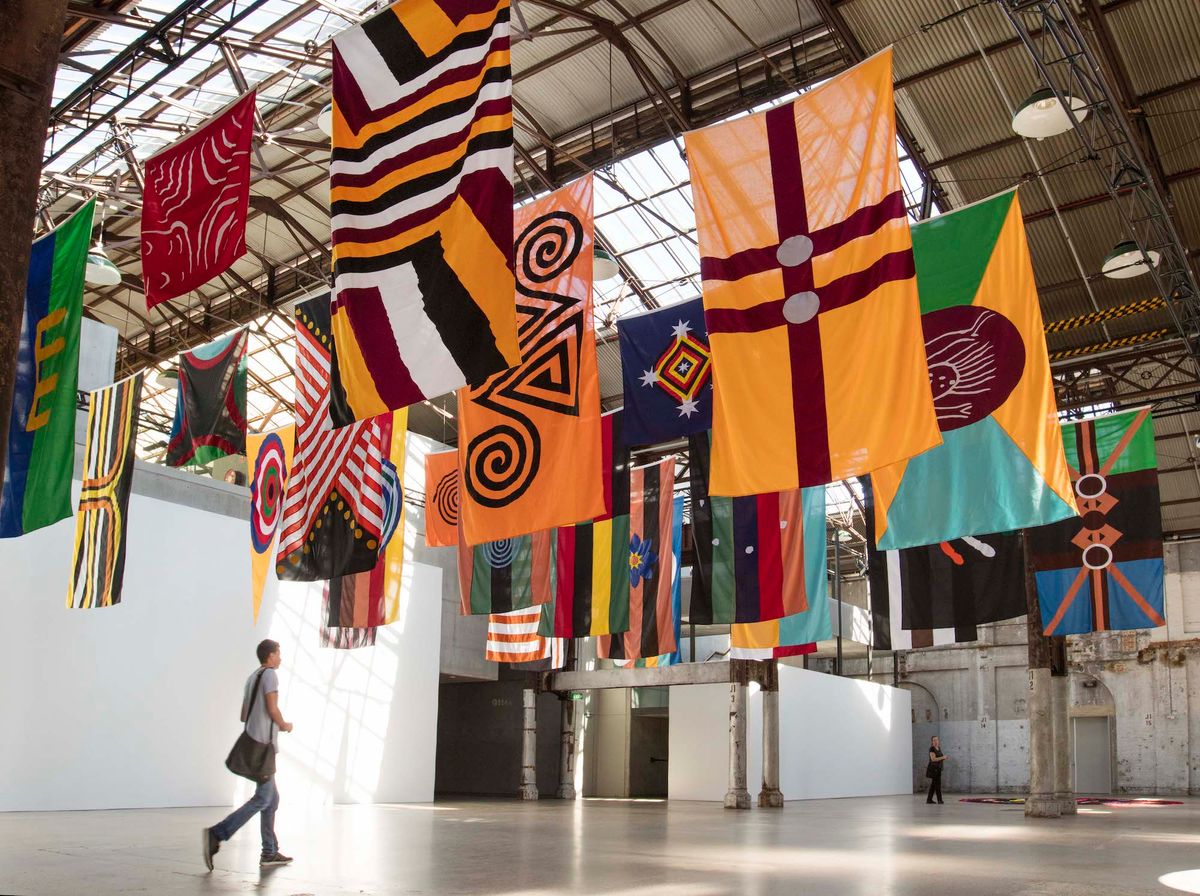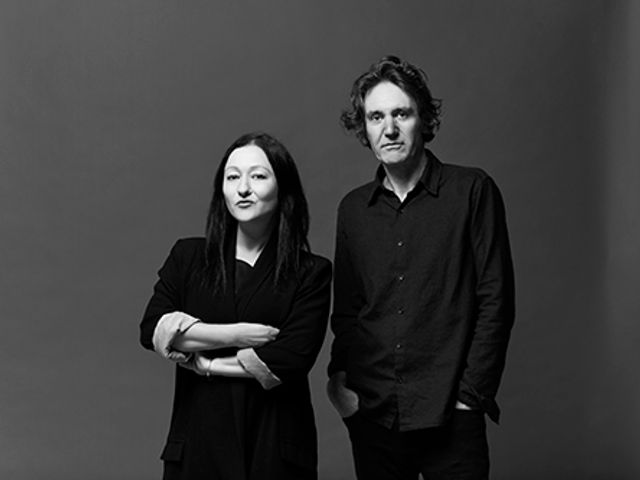First Nations artist Archie Moore will represent Australia at the 2024 Venice Biennale (20 April-24 November 2024), the Australia Council for the Arts announced on Wednesday (8 February). His exhibition will be curated by Ellie Buttrose, curator of contemporary Australian art at the Queensland Art Gallery’s Gallery of Modern Art in Brisbane.
Although details of Moore’s proposed work for Venice are yet to be released, the Kamilaroi/Bigambul artist from Queensland is known for producing sprawling installations and emotionally charged works that often explore the tension between his own memories and experiences and the official history of Australia from the onset of colonialism. According to Buttrose, Archie is singular in his “ability to engage audiences on an emotional level through memories and familial stories in artworks”.

Archie Moore, Dwelling (Victorian Issue), 2022 Courtesy Gertrude, Melbourne. Photo by Christian Capurro
In one recent installation, Dwelling (Victorian Issue) (2022), the fourth iteration of an artwork in which the artist reconstructed his childhood home, Moore encouraged visitors to rifle through his personal effects including letters, childhood drawings, objects and items of clothing that were strewn across the gallery on tables and shelves or concealed in suitcases, drawers and cupboards. In one room stood a replica of the corrugated iron hut Moore’s grandmother lived in. “I’m trying to get the viewer to experience my memories, but that’s an impossibility,” Moore said about the work.
The appointment of Moore and Buttrose is the third time the creative team for the Australian pavilion in Venice had been selected via an open call for proposals, a policy introduced to make the artist selection process fairer and more transparent. Paris-based artist Angelica Mesiti and curator-at-large Juliana Engberg, in 2019, were the first; with Melbourne-based artist Marco Fusinato and Sydney-based curator Alexie Glass-Kantor were the second, for last year’s pandemic-delayed Biennale.

Archie Moore, Dwelling (Victorian Issue), 2022 Courtesy Gertrude, Melbourne. Thoto by Christian Capurro
Prior to the change in procedure, the Australia Council for the Arts appointed a commissioner, usually an eminent arts patron, who was responsible for selecting the artistic team, while the council was responsible for project management. The overhaul saw the Australia Council assume responsibilities for all steps of the process. At the time, the decision drew criticism from several wealthy arts patrons, some of whom help fund the A$7.5m ($5.2m) construction of Australia’s new pavilion in the Giardini, which opened in 2015. Among the most vocal critics was Simon Mordant, prominent arts patron and two-time former Venice commissioner, who also spearheaded the pavilion’s fundraising campaign.
In an opinion piece published by The Art Newspaper in 2017, Mordant likened the open call to a job advertisement, suggesting that “the best artists are unlikely to apply” and the decision was not “in Australia or the artists’ best interest”.
Australia’s presentation at last year’s Venice Biennale, by Fusinato and curated by Glass-Kantor, was an experimental noise project that synchronised sound via an electric guitar with images that were displayed on an enormous LED screen. Titled Desastres, the project involved Fusinato performing for the entire 200-day duration of the Biennale, becoming the first artist to do so and drawing more than 370,000 visitors to Australian pavilion during the exhibition’s run.



